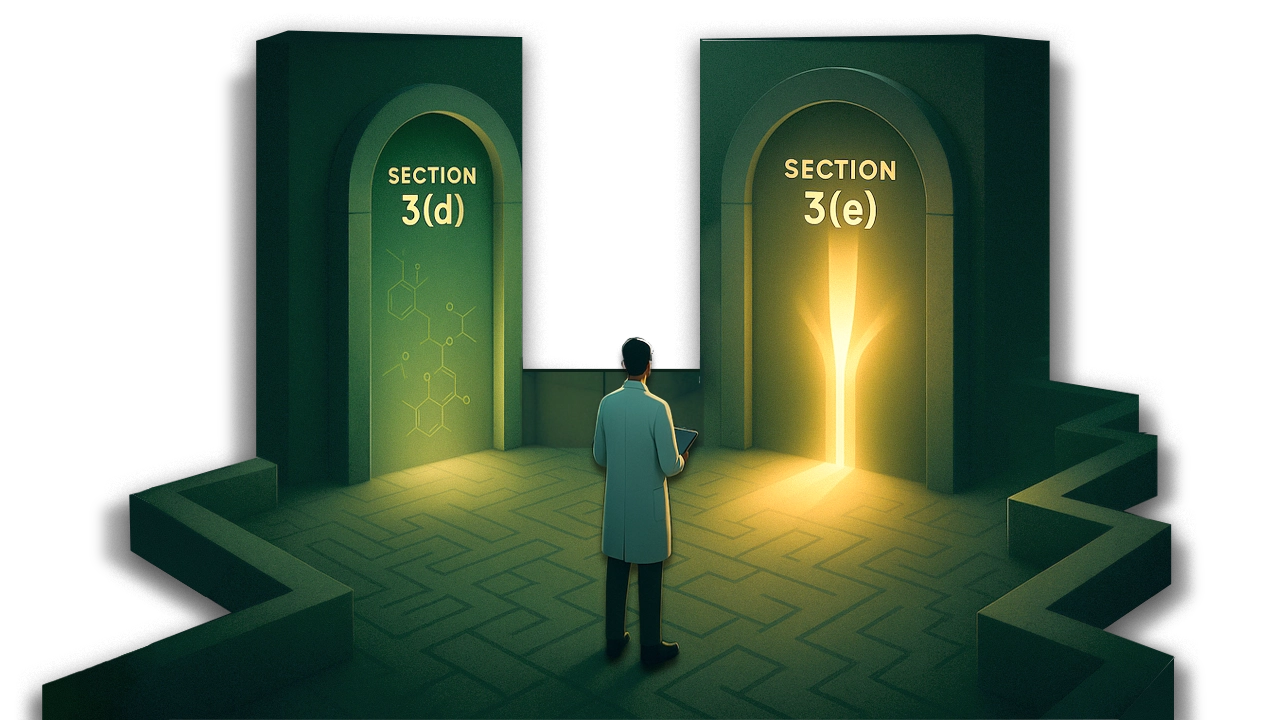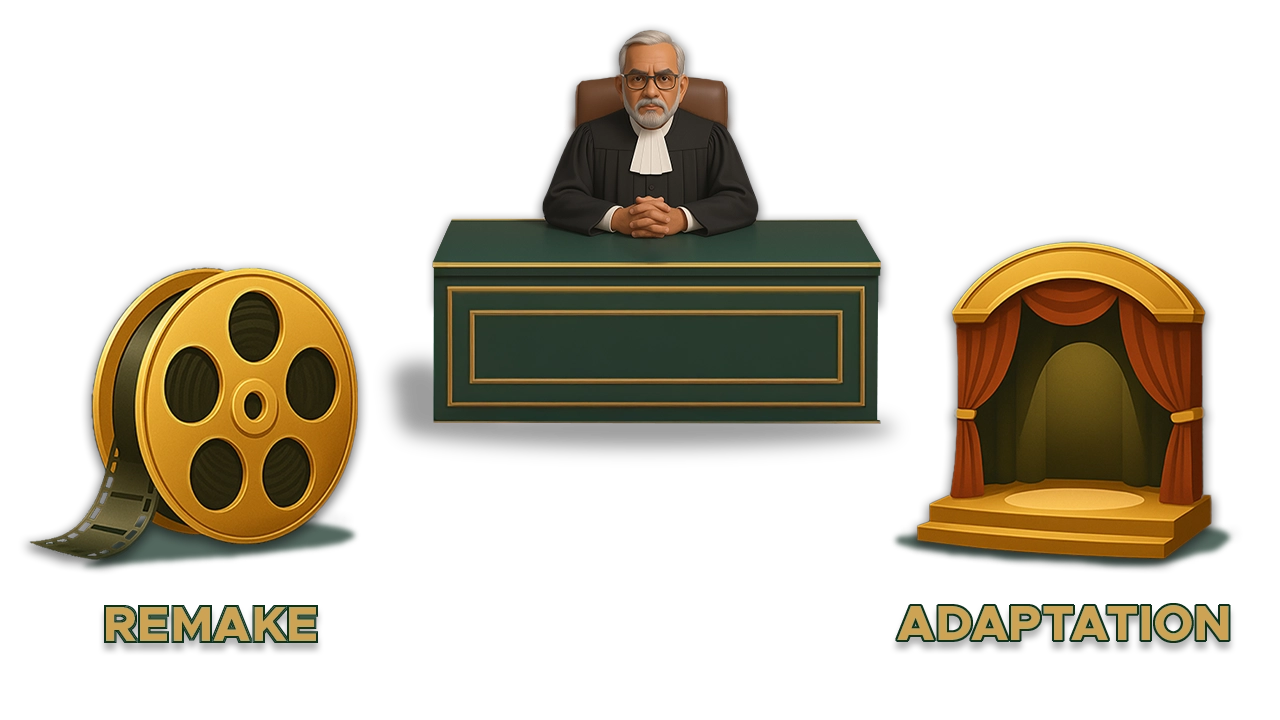Introduction
The Indian Patents Act, 1970, employs a rigorous gatekeeping system, ensuring the coveted patent monopoly is reserved only for truly genuine innovation. At the heart of this system lie Sections 3(d) and 3(e): two statutory filters designed as bulwarks against ‘evergreening’ the art of making trivial modifications to extend a patent’s life and the flood of frivolous applications. While they share the high objective of rewarding only genuine inventive steps, their paths to that goal, the required legal tests, are fundamentally different. Yet, in the day-to-day grind of the Patent Office, these distinct legal standards are frequently and erroneously collapsed into one, creating confusion that risks derailing the integrity of the patent system itself.
The recent Calcutta High Court (CHC) judgment in Oramed Ltd. v Controller General of Patents and Designs and Another1 stands as a crucial corrective, clarifying the distinct applicability of these two provisions and rebuking the Patent Office for their interchangeable application.
Sections 3(d) and 3(e) address different types of inventions and demand different evidentiary thresholds for patentability.
Section 3(d) excludes new forms of a known substance that do not demonstrate an enhancement of known efficacy. The discovery of a new property or use of a known substance also fails the test. The burden of proof here is stringent: the applicant must demonstrate a substantial increase in therapeutic efficacy, not merely improved bioavailability, as the latter reflects absorption but doesn’t guarantee better patient outcomes. This provision incorporates a legal fiction that derivatives are the same as the parent substance until this higher standard is met, making it a powerful anti-evergreening measure, particularly for pharmaceuticals. The subject of inquiry is the form of an existing substance.
In contrast, Section 3(e) targets admixtures and excludes a substance formed by the mere mixing of two or more substances that results only in the aggregation of properties (i.e., the effect is merely the sum of its parts). The key inquiry here is synergy. To overcome the 3(e) bar, the resulting composition must exhibit a synergistic effect meaning the combined effect is greater than the sum of its individual parts rather than a mere additive effect. The provision is concerned with the final effect of the combination. For instance, a combination of paracetamol and ibuprofen, while effective, would be barred if the combined relief is simply additive. The subject of inquiry is the effect of admixture.
The Judicial Mandate: Efficacy vs. Synergy
The Supreme Court’s landmark 2013 judgment in Novartis AG v. Union of India & Others2 cemented the strict interpretation of “efficacy” in Section 3(d) to mean therapeutic efficacy only. The Court ruled that a new form of a known substance is patentable only if its enhanced properties lead to a superior therapeutic result for the patient, thereby upholding the provision’s primary role as a public health safeguard. Similarly, the Madras High Court in Novozymes A/S v. Assistant Controller of Patents & Designs3 clarified that while Section 3(d) is not restricted to pharmaceutical substances, a new form of a biochemical substance (like an enzyme) must still show enhanced efficacy, though the standard might include improved thermostability if it leads to an overall superior result. Crucially, the court simultaneously examined the composition claims under 3(e), emphasizing that a composition claim is only patentable if it previews synergy of the ingredients, thereby maintaining the separate standard for admixtures.
The confusion, however, persisted in Best Agrolife Limited v. Deputy Controller of Patents4, the Delhi High Court explicitly addressed the conflation of the two sections over a pesticide composition. The Court reiterated that the enhanced efficacy test (3(d)) and the synergy test (3(e)) are separate inquiries that operate in two distinct fields and cannot be substituted for one another. The Patent Office’s failure to address a specific challenge under 3(d) in its order, even when primarily dealing with a 3(e) objection, was deemed a violation of natural justice, underscoring that both tests must be separately applied and considered if relevant.
The Oramed Intervention: Rebuking Conflation
The Oramed Ltd. case, which forms the basis of this discussion, represents the most direct rebuke of the interchangeable application of the tests. Oramed sought a patent for an oral insulin composition (an admixture, thus primarily subject to 3(e)). The Deputy Controller rejected it by stating that the claimed enhanced bioavailability was insufficient and demanding proof of therapeutic efficacy—the 3(d) standard.
The CHC set aside the order, confirming that the requirement of enhanced therapeutic efficacy is only for Section 3(d), while Section 3(e) only requires proof of synergistic effect over mere aggregation. The Court highlighted that the Deputy Controller had “imported Section 3(d) test into a Section 3(e) inquiry,” constituting a fundamental legal error and failing to consider the applicant’s submitted data demonstrating synergy.
The misapplication of these statutory filters stems from a combination of the practical overlap in chemistry and the fact that Section 3(d) imposes a higher legal and evidentiary standard. This often leads applicants to frame their inventions strategically to fit the synergy requirement of 3(e), and examiners to mistakenly apply the higher 3(d) threshold out of caution.
The present judgment, supported by a consistent judicial history, is a critical intervention. It serves as an apt and necessary reminder that Sections 3(d) and 3(e) are distinct statutory filters that operate in separate spheres. Their principles cannot be collapsed into one another without vitiating the carefully constructed standards of the Indian patent regime, which is designed to ensure genuine innovation is rewarded while preventing the opportunistic extension of patent life.
Conclusion
The decisive judicial intervention, spearheaded by the Calcutta High Court in Oramed Ltd. v Controller General of Patents and Designs and Another, serves as a crucial corrective to the persistent and erroneous conflation of Sections 3(d) and 3(e) of the Indian Patents Act, 1970. These two provisions are distinct statutory filters designed to prevent ‘evergreening’ and reward only genuine innovation. Section 3(d) strictly applies to new forms of a known substance, demanding proof of enhanced therapeutic efficacy—a stringent, high bar. In contrast, Section 3(e) applies to admixtures and requires the far different test of synergy, where the combined effect must be greater than the sum of its parts. The Court highlighted that the Patent Office’s mistake was “import Section 3(d) test into a Section 3(e) inquiry,” which is a fundamental legal error that risks derailing the integrity of the patent system by collapsing its carefully constructed standards.
Citations
- Oramed Ltd. v Controller General of Patents and Designs and Another OA/14/2020/PT/KOL
- Novartis AG v. Union of India & Others (2013) 6 SCC 1
- Novozymes A/S v. Assistant Controller of Patents & Designs OA/6/2017/PT/CHN
- Best Agrolife Limited v. Deputy Controller of Patents WP ©-IPD 11/2022 & CM 32/2022
Expositor(s): Adv. Archana Shukla






